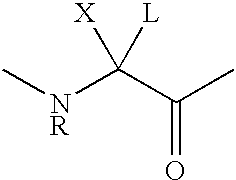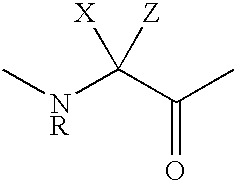Lhrh antagonist peptides
- Summary
- Abstract
- Description
- Claims
- Application Information
AI Technical Summary
Benefits of technology
Problems solved by technology
Method used
Image
Examples
Embodiment Construction
[0046] A preferred embodiment of the present invention is described in the following example. At the same time, the advantages of the invention over known technology are pointed out.
[0047] A pulp mill with a daily production of 1,000 tons of bleached softwood pulp can be considered typical for modern pulp industry. The mill uses chlorine dioxine and caustic soda as bleaching chemicals. During the bleaching process, approximately 20 kg of organic substances are discharged per ton of pulp produced. Bleaching chemical residues, an additional 20 kg of salts per ton of pulp, are also discharged. The salt is mostly sodium chloride. Part of the sodium is bound to organic acids that have been formed during the bleaching process. These substances are transferred into the bleaching plant effluent. For this effluent a chemical oxygen demand (COD) of 22 kg per ton of pulp is typical.
[0048] To achieve a complete oxidation of all organic matter--including chlorinated organic matter--the oxidation...
PUM
| Property | Measurement | Unit |
|---|---|---|
| Temperature | aaaaa | aaaaa |
| Temperature | aaaaa | aaaaa |
| Temperature | aaaaa | aaaaa |
Abstract
Description
Claims
Application Information
 Login to View More
Login to View More - R&D
- Intellectual Property
- Life Sciences
- Materials
- Tech Scout
- Unparalleled Data Quality
- Higher Quality Content
- 60% Fewer Hallucinations
Browse by: Latest US Patents, China's latest patents, Technical Efficacy Thesaurus, Application Domain, Technology Topic, Popular Technical Reports.
© 2025 PatSnap. All rights reserved.Legal|Privacy policy|Modern Slavery Act Transparency Statement|Sitemap|About US| Contact US: help@patsnap.com



